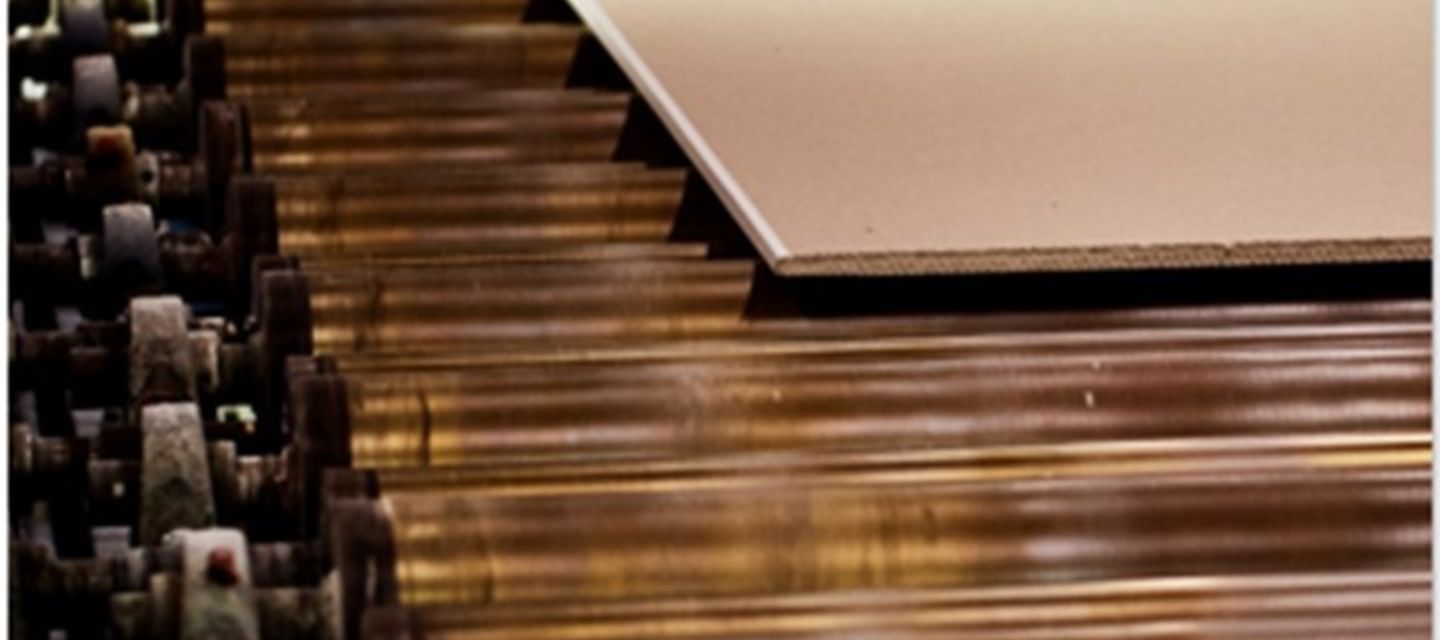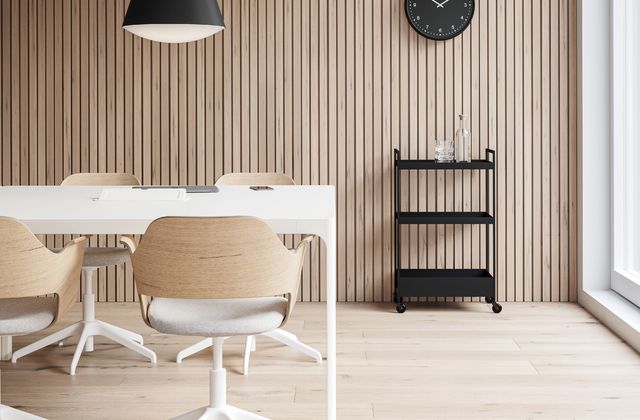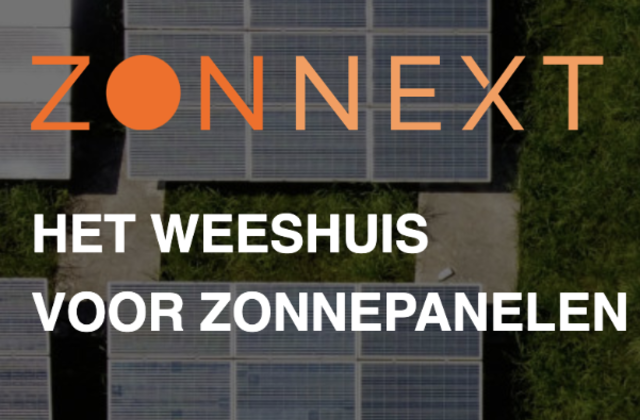What is it? Customised production of gypsum and steel for a specific construction project to ensure reduced wastage and increased productivity. The amount needed is quantified, produced to customized length, and delivered in room packages in time to avoid damage through mishandling and speed up the construction process.
Why is this important? In current construction, partition walls are largely built from standard length gypsum boards that are delivered in bulk packages and cut to length on site. This entails not only an excessive ordering of materials but also the creation of offcuts. Together with damages on the construction site, this process means that an estimated 15-25% of ordered boards are wasted, entailing a large waste of resources and time spent on labour (Saint-Gobain, 2021). It is estimated that a single-family home can generate around 2000 square feet of waste drywall, with a new office building generating around 16 metric tons of waste (Ndukwe & Yuan, 2016). Drywall disposal is related to several health and environmental concern, for instance potential sulphate contamination of ground- and surface waters through leaching in landfills (Ndukwe & Yuan, 2016). The working group of Danish industry partners on closing the gypsum loop (Partnerskæb for Cirkulært Gips), has estimated the total amount of gypsum waste in Denmark at 140.000t per year. This equals ca. 4 million m2 partition walls going to waste every year (Saint-Gobain, 2021).
Main resource strategy: Narrowing the loop through minimizing wastage and resource use.
Other resource strategies: Closing the loop through collecting and recycling off-cuts (for electricity installation or doors).
Business model aspects:
- Value Proposition: Material@Hand allows for combining the Saint-Gobain material offering with a service that enables assessment of material needs, customized production and scheduled delivery. The walls are delivered in packages with exactly the products needed for each room. It improves the design of partition walls for easier buildability (fewer wall types, customized length of gypsum & steel, clearer instructions) and delivers these materials at the location and time they are needed.
- Value Creation & Delivery: In addition to generating financial value through offering steel and gypsum for construction, Material@Hand also creates value through its special service. Building information models and robotic measurements are used to quantify the materials needed and reduce the need for overordering. Value for other stakeholders is generated by lowering costs through increasing productivity of the construction process. The service can also bring about reduced labour costs (up to 25% less time estimated), as the building developer and contractor benefit from an accelerated construction process with reduced risks for rework and delays (Saint-Gobain, 2021). Environmental value is created through avoiding wastage (up to 50% less waste estimated) and reduced resource needs in the production of the gypsum and steel as only what is really needed is produced (Saint-Gobain, 2021).
- Value Capture: Financial value is captured through payments for both the service and the material delivered.
Strategies for degrowth/ sufficiency (based on sufficiency strategies from Niessen & Bocken, 2021):
- Demand reduction services: Material@Hand applies the Demand reduction services strategy through quantifying the required materials per room.
- Personalised production: By only producing and selling what is actually needed for the construction project, Material@Hand applies the Personalised production strategy which brings about a reduced use of resources and avoids wastage.
Business model experimentation practices: The Material@Hand service is underway after successful pilots in Sweden. Saint-Gobain Denmark plans additional pilots in the following years. A similar service has been implemented in the Netherlands and the Nordic pilots can benefit from these insights (Saint-Gobain, 2021).
Tools, methods and approaches used: The quantification of material needed builds on building information models and robotic measurements. An app is used to increase the customer experience for delivery and location of materials.
Sustainability outcomes: Estimated sustainability outcomes include 50% less waste, no need for rework and 25% less time and labour spent on cutting and installing partition walls (Saint-Gobain, 2021). Total costs and time spent on the building project are reduced.
Sources:
Ndukwe, I. & Yuan, Q. (2016). Drywall (Gyproc Plasterboard) Recycling and Reuse as a Compost-Bulking Agent in Canada and North America: A Review. Recycling, 1, 311-320.
Saint-Gobain (29 September 2021). Personal communication with Julia Nussholz [Email].
***
About project Circular X
Project Circular X is about ‘Experimentation with Circular Service Business Models’. It is an ambitious research project funded by the European Research Council (ERC) which supports top researchers from anywhere in the world. Project CIRCULAR X runs from 2020-2025. The project is led by Principal Investigator (PI) Prof Dr Nancy Bocken, who is joined by a multidisciplinary team of researchers at Maastricht Sustainability Institute (MSI), Maastricht School of Business and Economics, Maastricht University. The project cooperates with businesses who want to innovate towards the circular economy.
Project Circular X addresses a new and urgent issue: experimentation with circular service business models (CSBMs). Examples of such new business models include companies shifting from selling products to selling services and introducing lifelong warrantees to extend product lifetimes. However, CSBMs are far from mainstream and research focused on experimentation is little understood. The research aims to conduct interdisciplinary research with 4 objectives:
- Advancing understanding of CSBMs; their emergence and impacts
- Advancing knowledge on CSBM experimentation
- Developing CSBM experimentation tools
- Designing and deploying CSBM experimentation labs
Funding source
This project has received funding from the European Research Council (ERC) under the European Union’s Horizon 2020 research and innovation programme, grant agreement No. 850159.
Using this information
When you cite this publication, please use the following source:
Circular X. (2021) Case study: Saint-Gobain - Material@Hand Service. Accessed from www.circularx.eu



